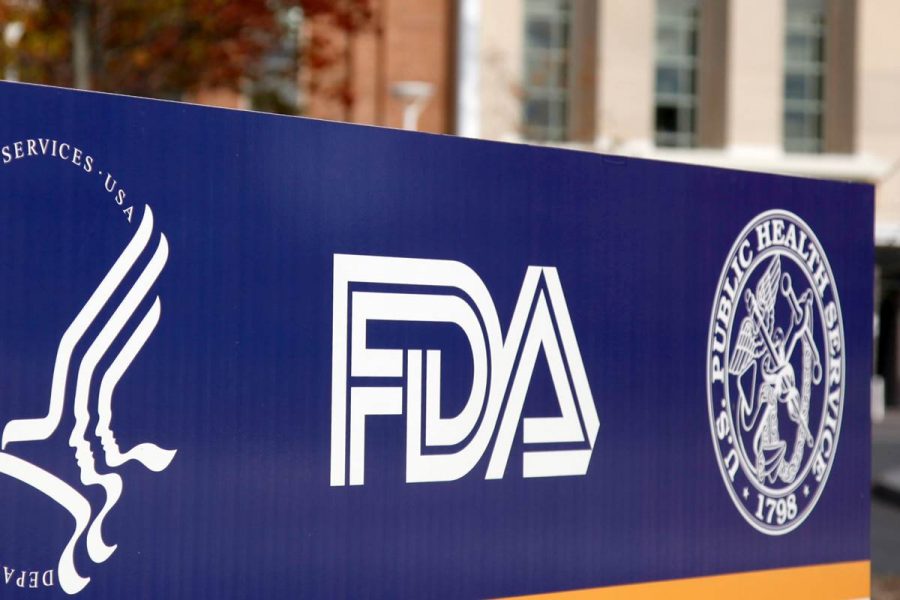The U.S. Food and Drug Administration has requested Endo Pharmaceuticals to remove Opana ER from the market.
The drug’s active compound is oxymorphone hydrochloride, classified as an opioid and labeled by the FDA as a potential promoter of the ongoing opioid epidemic. The FDA specifically suggests: “The drug’s benefits may no longer outweigh its risks.” It is the first time the FDA asks for an opioid pain medication’s removal from the market due to concerns of its potential abuse.

The FDA will get Opana ER off the market
The FDA issued a press release explaining their reasons for wanting Opana ER out of the market. They first weighed upon the current public health crisis involving the opioid epidemic. The agency announced that they would take every measure possible to curb the effects of opioid products whenever they may appear to be more harmful than beneficial.
Opana ER was introduced in the market in 2006 to treat moderate to severe pain for prolonged periods of time. Six years later, its manufacturer changed the drug’s formulation to prevent drug dealers from altering its composition so that it could be snorted or injected.

When asked to put warnings on its labels depicting the patient’s risk of becoming addicted, Endo Pharmaceuticals refused.
Opana ER was singled out from the rest after the FDA conducted a market analysis concerning its possible rates for misuse. They discovered that many patients after receiving the drug have started injecting or inhaling it. The analysis was also able to associate patients injecting Opana ER with outbreaks of HIV, hepatitis C, and thrombotic microangiopathy.
“The abuse and manipulation of reformulated Opana ER by injection has resulted in a serious disease outbreak. When we determined that the product had dangerous unintended consequences, we made a decision to request its withdrawal from the market. This action will protect the public from further potential for misuse and abuse of this product,” stated Janned Woodcock, M.D., director of the FDA’s Center for Drug Evaluation and Research.
After meeting to see if they should take steps into taking out Opana ER from the market, the FDA voted 18 to 8 that the risks of the drug were vastly greater than its potential benefits.
So far, the request to remove Opana ER from the market has remained as a “voluntary measure,” expecting Endo Pharmaceuticals to carry on with the procedure. If the company does not comply, then further, more severe steps will be taken, according to the FDA’s press release.
Opana ER is never prescribed for people with breathing problems or asthma, as it can cause someone to stop breathing. Doctors warn that patients should never take more than what’s prescribed to them. They are also aware that oxymorphone, its active compound, is habit-forming when taken periodically.
Opana ER also reacts with many other types of drugs, especially narcotics and those that affect the patient’s breathing patterns and serotonin levels in the body. Vitamins and OTC drugs may also react with Opana ER.
Just another piece of the current opioid epidemic
Currently, the U.S. government and its agencies have recognized the ongoing opioid epidemic, mainly due to the abuse of prescription drugs. The Centers for Disease Control and Prevention assures that 91 Americans die every day from an opioid overdose.
The epidemic has been evolving since 1999, as the current rate of overdose deaths has more than quadrupled. Between 2000 and 2015, over 500,000 people have died from drug overdoses, the main contributors being drugs such as oxycodone, methadone, and hydrocodone.

Nonetheless, the two sides of the epidemic are related, the prescription drugs and the illicit drugs. Fentanyl and heroin are the primary illicit drugs contributing to the high overdose rates, but on the other hand are the prescription drugs that are recommended by doctors, including Opana ER.
The issue appears to be that doctors do not always weigh out the patient’s risk factors. The CDC suggests that patients at a higher risk of committing opioid abuse and from suffering an overdose are those that undertake to obtain multiple prescriptions from different clinics and practitioners. Another crucial factor is if the patient lives on low income or in a rural setting and if they have a history of alcohol or drug abuse
On the other hand, Medicaid appears to be another contributor to the high numbers of prescriptions issued each year, which was nearly 2,500,000 in 2013. Medicaid patients appear to be more likely to receive opioid drug prescriptions when compared to patients who have private insurance. In a 2010 study, the CDC determined that 4 out of every 10 Medicaid patients who received a prescription for an opioid painkiller had at least one out of the risk factors mentioned above.
Source: FDA
